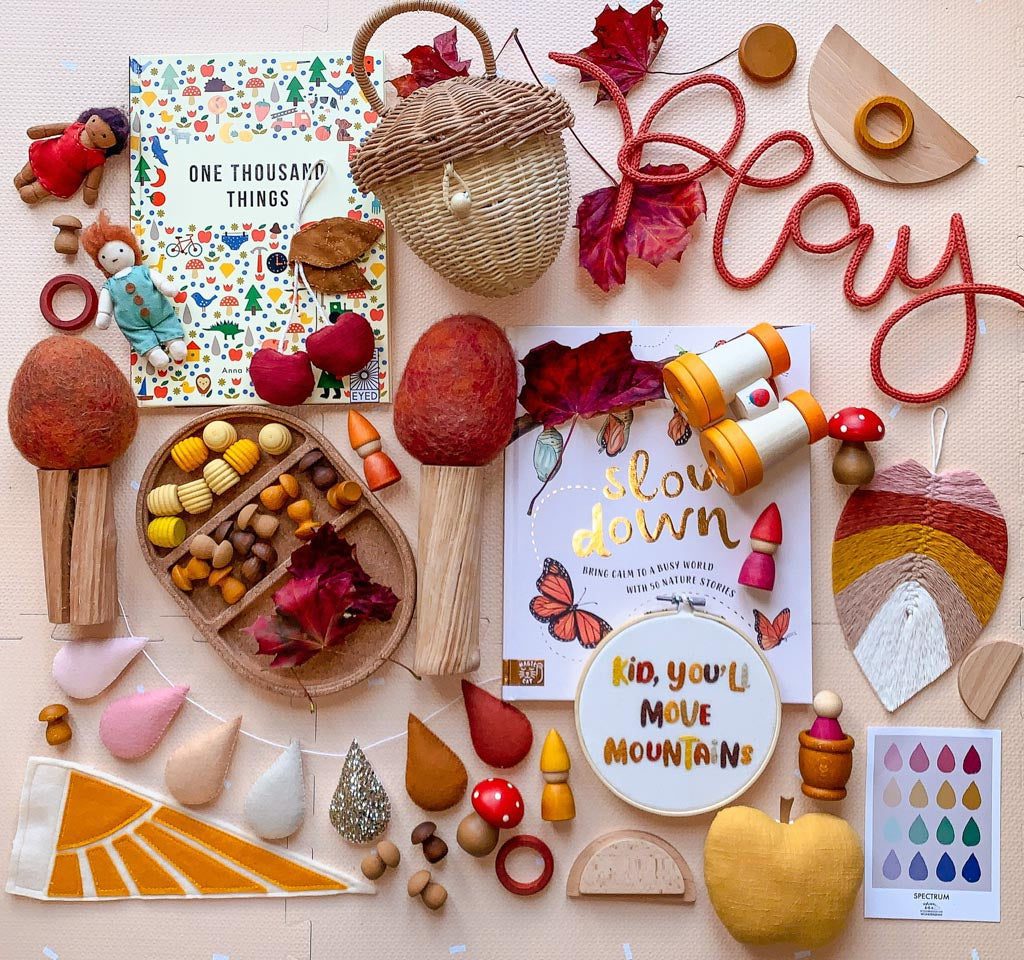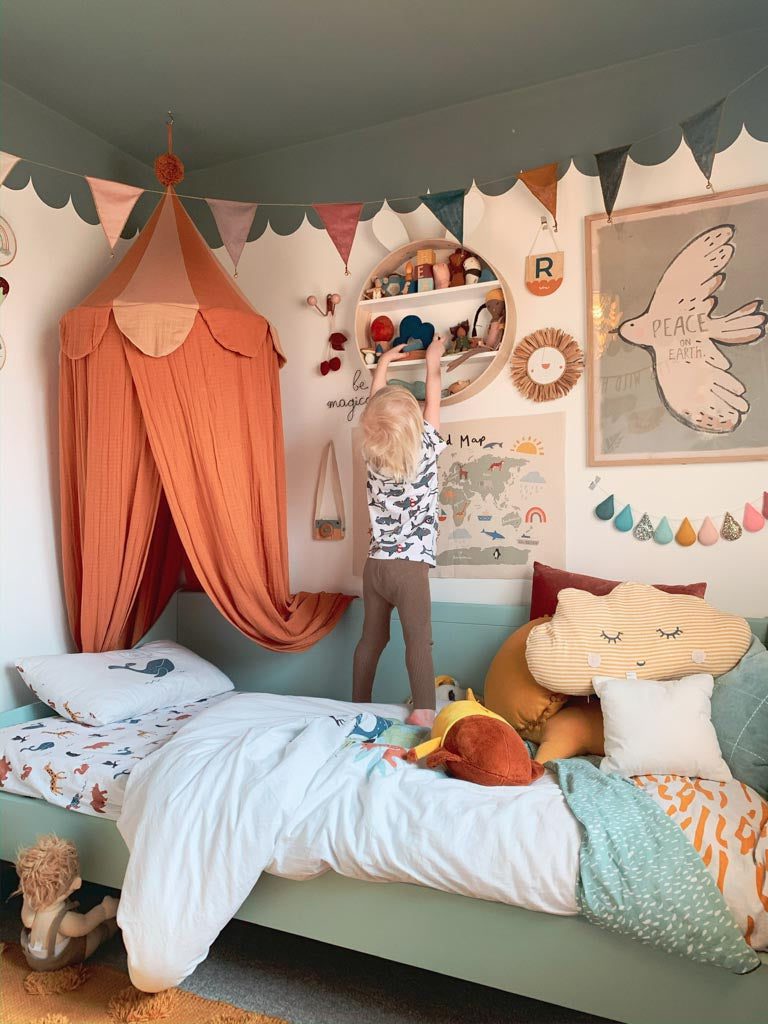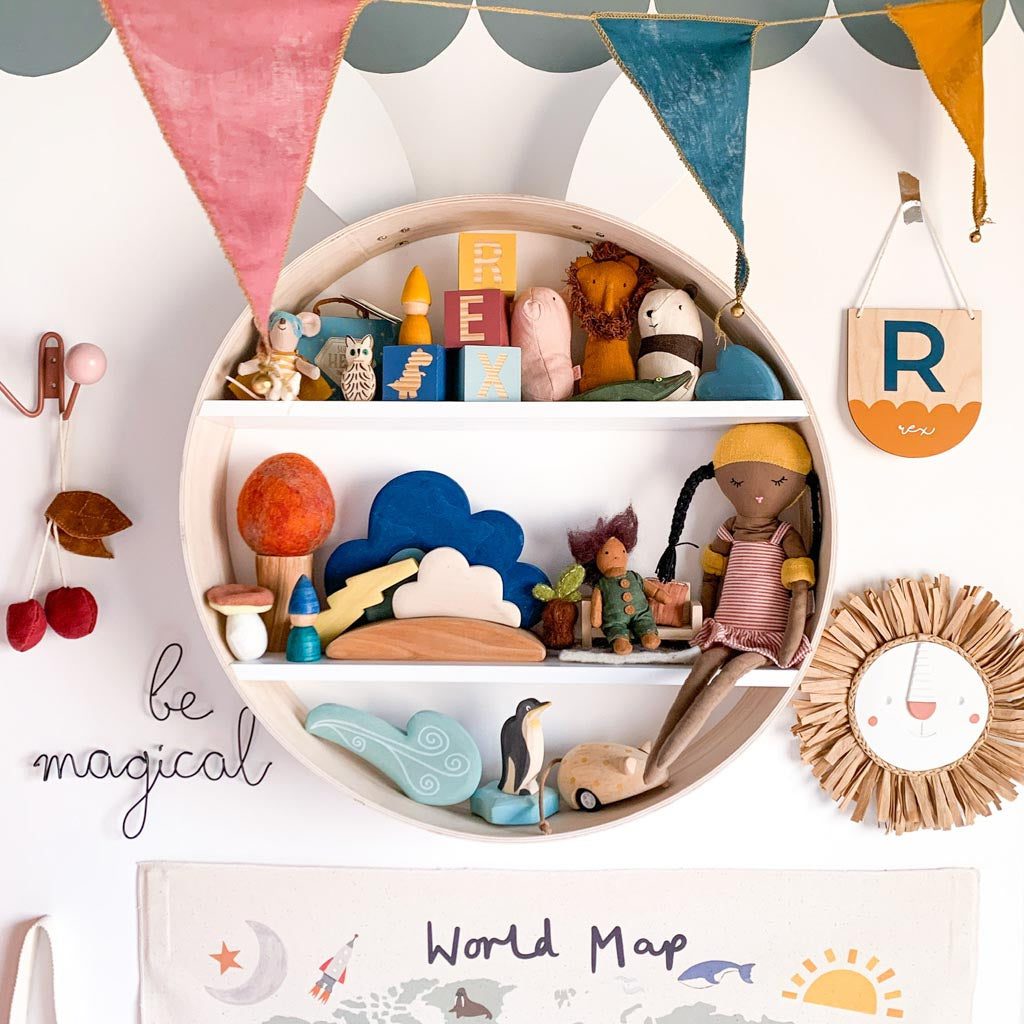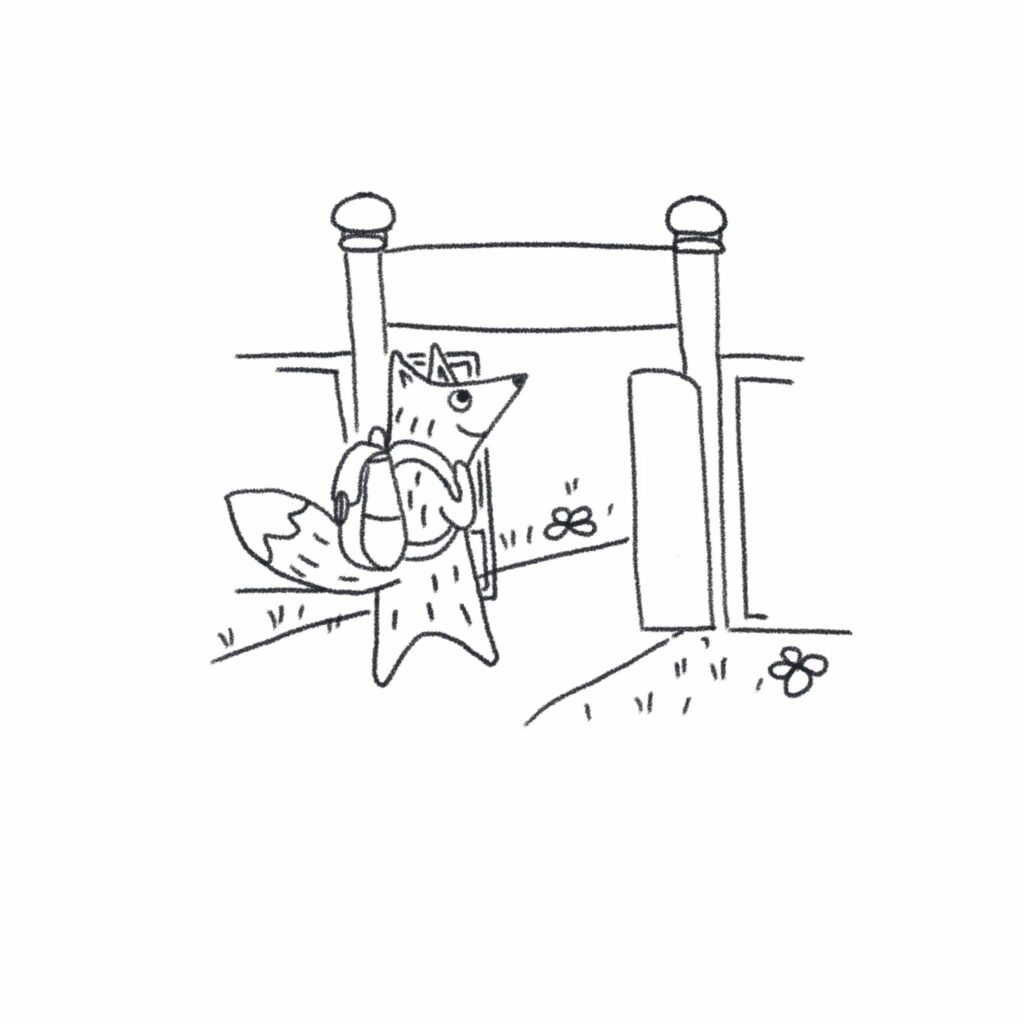“In play, a child is always above his average age, above his daily behaviour; in play it is as though he were a head taller than himself”
Lev Vygotsky, child psychologist
When you watch your child attempting a task that is beyond their current capabilities (the nail biting moment your baby decides to cross the concrete patio for the first time or your toddler scales the kitchen cupboard) you will notice how focused they are. How they suddenly seem so grown up and yet still so vulnerable all at once. During play, children take those risks and push boundaries in order to progress.
So, where do we come in? Is it simply our duty to stand by, hyperventilating every time they take a risk or do something new? Do we hold their hands and hover over them to assist in every new step? Name the animals for them when they’re on the tip of their tongue? Adults are actually providing much more than we give ourselves credit for and it goes much further than protecting them from falls and naming colours.

Table of contents
- Providing for children’s physical and emotional needs
- Adults are architects of the environment
- Finding time to engage in play with your child
- How can adults be involved in play?
Providing for children’s physical and emotional needs
Care needs
In order for human beings to function effectively our physical needs must first be met. We need to be well nourished, feel safe, be healthy, comfortable and revived by sleep. Children are no different and as parents it is up to us to ensure that children are physically cared for. A stable routine (that works for your child) is essential in ensuring that children have what they need in order to develop. You know your child best and you can tell what they need and when. Respond to their needs using their cues and your instinct as their parent.
A safe base
It is not simply physical care that we provide. What a cold existence if this was the case! When babies are born, they spend the first few months very much in the arms and laps of their parents or carers. They receive physical contact, affection and closeness. As they grow, we feel sad every time they push to get off of our laps and onto the floor, hold their own bottle or even go off to university. Each little step towards their independence can feel like a step away from us. But it is because they feel loved, safe and confident due to the secure base you have created, that children take those first steps towards independence. As a child’s first and most enduring educator, you will be their safe base, their foundation to build from, and they will continually return to you for reassurance during their play and exploration of the world around them (and during holidays when universities are boring and they need washing done). Your child may simply look at your face as they play to gauge your reaction. This alone is their way of seeking reassurance and so long as you are there and they can see you, in some instances this is support enough.

Adults are architects of the environment
Your home is the first place that your child will explore. It wasn’t designed as a nursery or playroom and it has to function as a home for all who reside there. If it is your first child, you will be adapting the environment as you go to ensure safety and stimulation for your child. If you are 5 children into your role as a parent, you will likely be more well-versed in what a supportive play environment may look like. Whatever your home situation and however you choose to structure your home, it is a safe space for you and your child to explore, both together and for them alone.
Providing resources
Ensuring areas are safe is often the first step in managing the home environment when you have a child (relentlessly covering your house with plug socket covers, corner bumpers and cupboard guards will spring to mind). But the ‘environment’ also refers to the content and resources available to your child within this space. You will find that your child gathers many toys, very quickly and suddenly your home looks like a preschool. But how do we display these resources and make them available to children in a way that maximises their use? If you walk into a very disorganised room, that has walls and floors covered in pictures and objects, it can be hard to think can’t it? Children can feel equally as overstimulated in some environments. Parents can organise these environments by:
- Using containers to store groups of toys so that they can be accessed easily, but also stored away when not in use. For example, drawer units with separate containers for small world, blocks, loose parts etc.
- Or perhaps you have less space and have a series of baskets or bags to store things so that you can pack them away out of sight when not in use.
- Using nap time as an opportunity to set up the room for when they wake up can encourage children to participate in new activities, however they may have worked very hard on a creation and tidying this away before the next day could cause them to feel a sense of loss and potentially interrupt a valuable experience.
However the resources are managed, it is beneficial to consider how these are displayed and used. For more information on play resources, see articles on…

Sensory overload
The environment is more than what can be seen and physically manipulated. It includes sounds, smells and textures. Have you ever been driving with music playing and had to turn it down so that you can think where you are going? This is the same with children in noisy or chaotic environments. Their thought processing can be interrupted by too much noise or visual stimulation. Creating an environment that is calm and allows children the space and peace to think and create their own sound and chaos. Television and radio can be valuable but having everything on all the time can be too much and a barrier to their concentration and development.
Outside
Being outside is a lovely way of engaging with sensory experiences. Lots to see, hear, smell and touch, with fresh air and less enclosed spaces. Children feel the breeze on their faces, watch it blow the leaves, flowers and clouds. Making time for being outside in any weather is a wonderful way to engage children with their natural world and escape the confines of rooms and ’stuff’ (see article on outdoor play).

Rotating toys
When children have too much choice, they can become overwhelmed. They move quickly from one thing to another because they are driven to explore the world around them, but they sometimes lack focus when offered too much in one instance. Bagging up sets of toys and using them on a rotation basis can help to reduce this feeling of chaos and allows children a chance to really engage with each resource before being presented with fresh toys and repeating the process (read more about how to effectively rotate toy groups here)
Going out and staying home
Changing environments is also beneficial as children gain new experiences that stretch their own knowledge and understanding of the world around them. Visiting farms, relatives or friends’ homes, shops, or changing from city to coast and vice versa, are all valuable experiences that families treasure. But home itself is that safe space where children often feel bravest, boldest, most confident and it is where they digest and process all of the information that they pick up from visiting other places. Balancing outings with plenty of time for children to spend at home in familiar surroundings, is a great way of allowing them a chance to consolidate new information and feelings.
Finding time to engage in play with your child
We have a tendency as parents in a capitalist society to continually spend money in order to support children’s development. We purchase toys and games, resources and experiences, all in the name of educating our children. The one thing we cannot get back, we cannot buy, and we cannot stop, is time. Giving your child some time to engage with you, share their world with you or even for you to simply watch them at play, is a far more valuable resource than all of the toys in the world.
It isn’t easy to provide time in today’s society. Many parents work full time, have a home to run, have more than one child, have other responsibilities aside from being a parent. When we factor all of this in, it is clear that allocating time to watching your child deeply engaged in play may not always be easy. But this time doesn’t have to last for hours. Sometimes just 10 minutes to really engage in play, is as valuable as a day of being out and about, where you may be together, but between travelling and going in and out of cars and buildings, the time spent together is more passive than of any real quality.

How can adults be involved in play?
Be invited
During play, children often return to an adult for reassurance, to share something or to engage in play. When you are invited into play, it is the child’s choice and as such fits into whatever their current train of thought is. They call us to the play without us having to shake something in their faces or call their name 40 times until they look at a teddy. Allowing children time to engage in uninterrupted play gives their brains a chance to make and reinforce lots of synaptic connections (how the brain remembers skills and information). Long periods of time to explore their world and develop complicated games and stories, provides opportunity for children to really explore one subject in depth. Play is also how children work through what they have seen, experienced, how they feel and what they learn. Time to explore these things helps children to really understand their own feelings and where they are placed in the world around them (see articles on types of play and schemas).
Interacting not interfering
We sometimes have the tendency as adults to become involved in children’s play at times that suit us. We may have some time between other tasks to engage with our children and so we approach them with questions and suggestions while they play. We correct them, assist them and finish things for them, without being aware that we are taking the opportunity to learn away from them (we don’t need to prove we know how to finish a puzzle, yet we somehow take the opportunity to do just this when our child is struggling with the last piece!). Sometimes this interaction can be well placed (see this article on Sustained Shared Thinking). For example, extending learning by asking relevant questions or encouraging speech as children articulate their ideas. But sometimes we interrupt play, and this can disrupt the thought process of children as they construct knowledge. Allow your child to lead and bring you into their world as they see fit.
Observing your child
Sometimes, just watching the play is one of the simplest ways to support your child, whilst also being one of the most magical aspects of being a parent. Watching them work through problems, create worlds, use language to imagine stories and scenarios, is all a wonderful way to find out what they are thinking, how they are learning and what you could offer them to extend this. Watching your child playing with their toys will show you what they are experts at and what you could encourage them to try next. You could identify what their favourite toys are and how they tend to use them. You can share what you see with other people who care for your child so that they may also be able to provide similar resources when your child is in their care. Watching your child play is not just supportive to them, but it’s a huge dopamine hit for you! This chaotic world often steals our time for tasks that we do not gain from emotionally. Watching your child play will recharge your batteries and fill you with a kind of joy that silences even the noisiest minds.

Choose the right toys
If all the above makes sense to you, you understand that your role is to engage in dialogue and to help your child solve interesting problems (whether or not you are present). This doesn’t have to mean lots of new toys. Make open-ended play your starting point. Old pots and pans, boxes and baskets, pegs and paintbrushes, are all useful, both indoors and out, in encouraging children to experiment with different sounds, textures, schematic processes (see article on schemas) and imaginative games. If you’re new to 100 Toys and would like some guidance on choosing the right toys and activities, The 100 is a great place to start.
Fundamentally, our children look to us for reassurance, love, kindness, safety, inspiration, knowledge, care, compassion and much more. The reality is, the moment you become a parent, your instincts begin to kick in and much of what you are providing already will be innate and just what your child needs. Every child is different and what works with one may not work with another (even within the same family) and as such an adult’s most important role is to know and understand your individual children for the unique little magicians they are! Let us enjoy them because they’re really not little for long.




